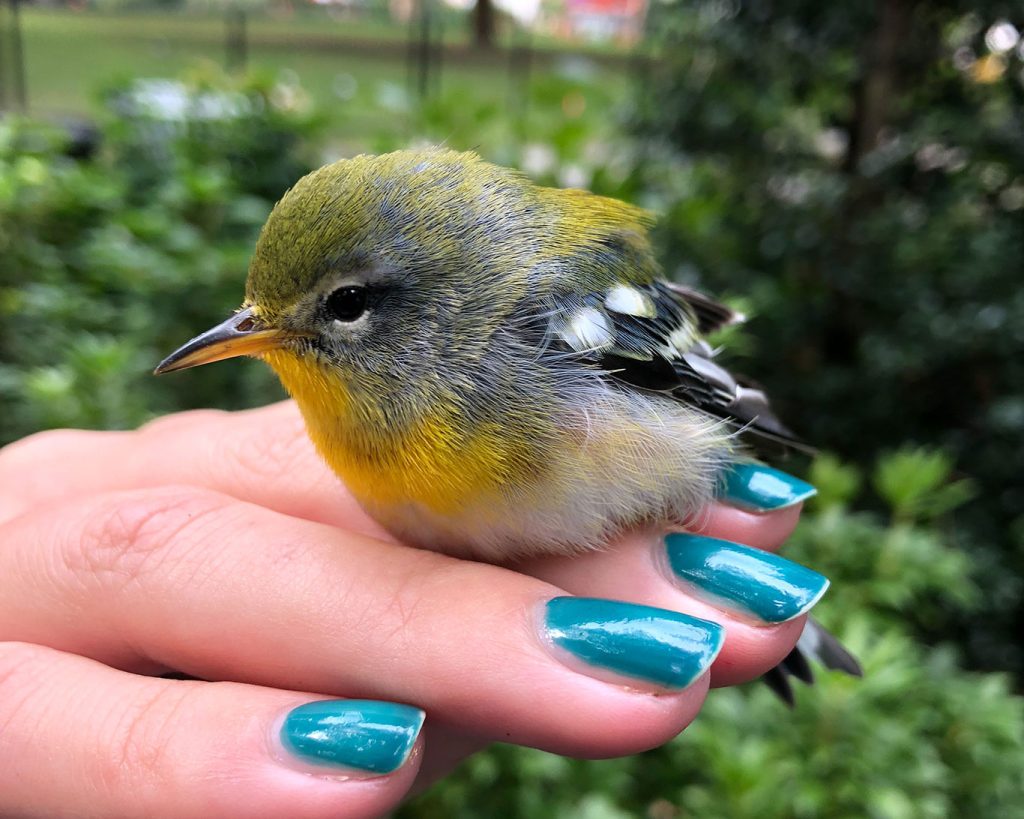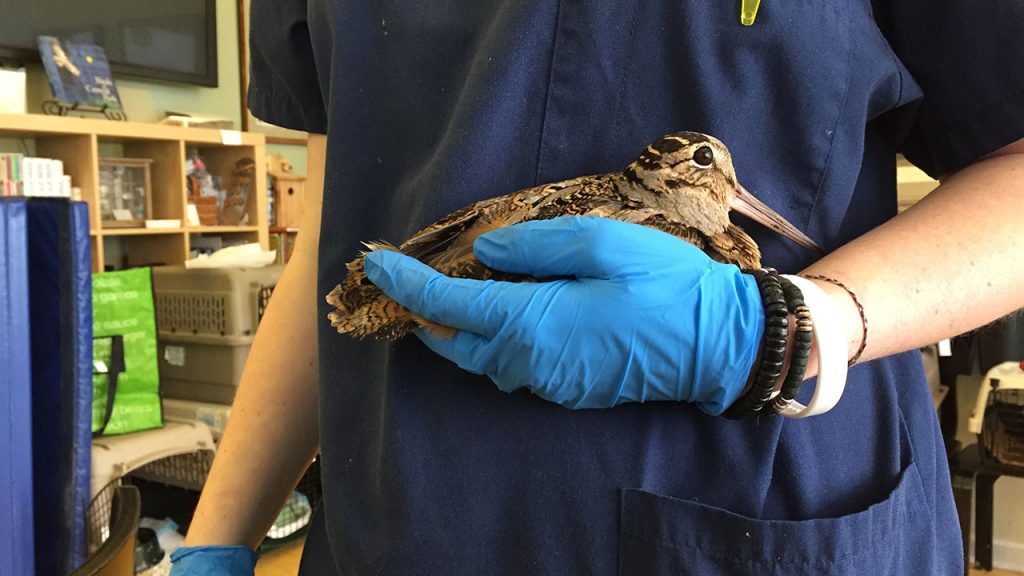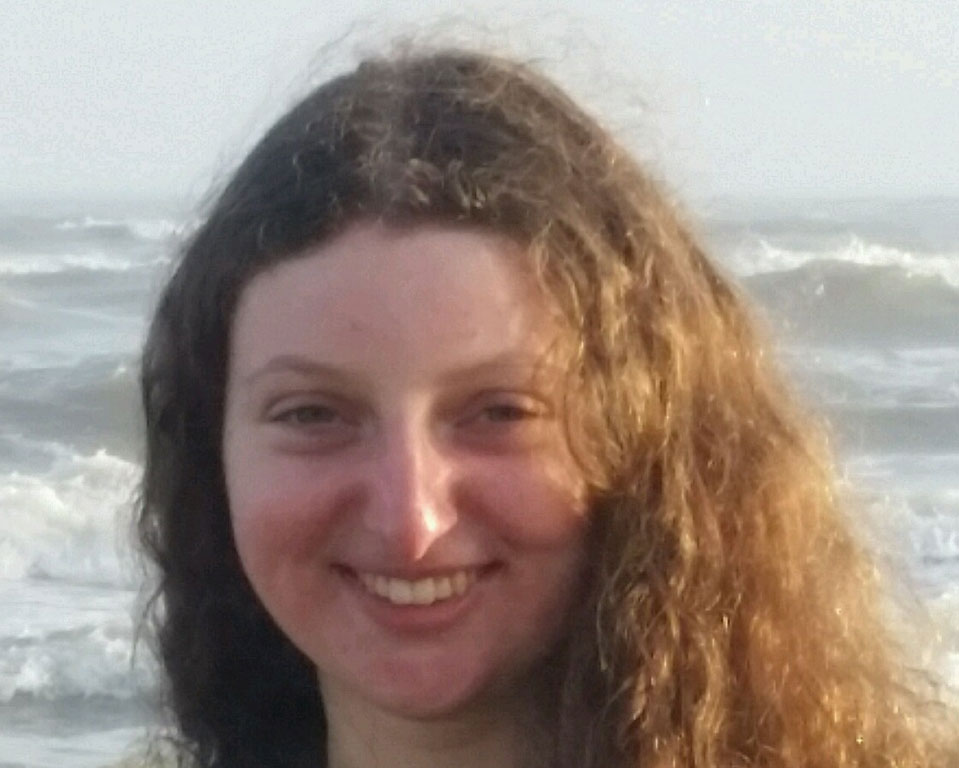Every year, over a billion birds collide with buildings around the country. An estimated 600 million die immediately or succumb to their injuries on the ground.
But what about the birds that are rescued and brought to wildlife rehabilitators? In August 2021, Ar Kornreich, a Fordham biology Ph.D. student who is working on a dissertation about catbirds, began investigating how many of those birds also succumb.
“I knew not all birds die immediately, and I wondered if there had been any research on birds that make it for a while before they die,” said Kornreich, who uses they/their/them pronouns.
“It just seemed like a no-brainer that states should have that info.”
In fact, Kornreich discovered that there is no one place where one can easily access this information. So they filed Freedom of Information Act (FOIA) requests with eight state agencies tasked with regulating the wildlife rehabilitators. They requested records regarding avian building collision cases between 2016 and 2021. Eventually, they received responses from six states, Washington D.C., and several privately run rehabilitators.
Findings
Kornreich and their co-authors published their results on Aug. 7 in the paper “Rehabilitation outcomes of bird-building collision victims in the Northeastern United States” in the journal PLOS ONE.
They and their co-authors found that of the 3,033 birds that were rescued in these areas, about 60% didn’t ultimately make it: 974 died during treatment, while 861 had to be euthanized. The data also revealed that birds were injured more often during the autumn months, and concussions were the most common injury.
These numbers—and the estimates that can be drawn from them—suggest that bird collision deaths far exceed one billion each year in the U.S., the paper says.
“There’s a huge blind spot in those birds that hit buildings and survive, at least for a little while, and looking at rehabilitation data can help remove that blind spot and help us make more informed decisions about conservation and preventing window collisions for bird populations,” Kornreich said.
There are gaps in the data. The State of New York refused to release the data for all 62 counties in the state, for instance, so Kornreich limited their request to 10 counties in the New York metropolitan region.
The data also came in formats as varied as PDF files and handwritten pages that needed to be painstakingly transcribed. What had initially seemed like an easy project that could be done while the world was on lockdown during the pandemic turned out to be anything but, said Kornreich.
“It was funny; I had to buy the state of Pennsylvania a USB drive so that they could send me all of their data,” they said, laughing.
“I completely underestimated how much work it was going to be.”

Working with a Fordham Grad
To help make sense of the data, Kornreich partnered with Mason Youngblood, a postdoctoral fellow in the Institute for Advanced Computational Science at Stony Brook University. Dustin Partridge, Ph.D., GSAS ‘2020, from the NYC Bird Alliance, and Kaitlyn Parkins, GSAS ’15, from the American Bird Conservancy, served as advisors and co-authored the paper.
Kornreich said they’re hopeful that this research will help wildlife rehabilitation improve their desire and ability to share information. Just as hospital administrators share data on how patients fare after entering their doors, so too should wildlife rehabbers be open, they said.
“There is a very active community of rehabbers who are constantly swapping information and doing their best to make sure that their triage is data-driven and they’re using the most successful treatments,” they said.
“But sometimes the rehab, scientific, and policy community’s transmission of information isn’t the most efficient. Some people in the scientific community look down on rehabbers and say they’re not really making a statistically significant difference, but I think that they are. They’re on the front lines of this crisis, so it is important to get their data and their viewpoints into this conversation.”


